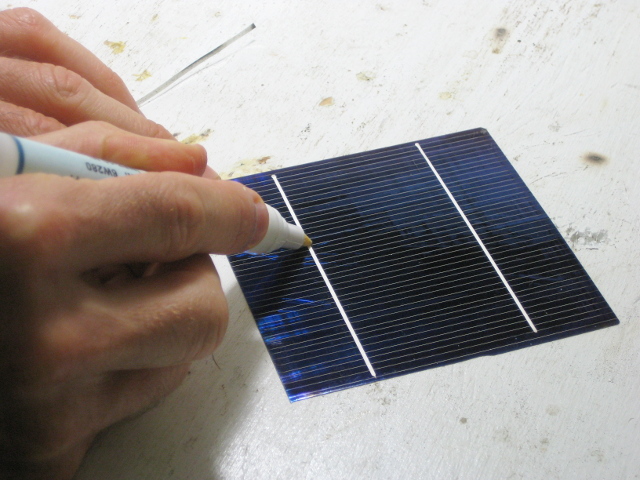
Consequently, it is apprehended that moisture-resistant properties of the solar cell module may be decreased.The present invention has been made in order to solve the above-described problem. Hence, in the case where the different types of sealing members are used, adhesion properties between the solar cells and the sealing members may be decreased due to entering of the moisture from the interface between the different types of sealing members exposed to the side surface of the solar cell module.

Here, moisture is more prone to enter the solar cell module from an interface between the different typesof sealing members than from an interface between same types of sealing members. Accordingly, the electrical insulation between the wiring member and the one surface protective member can be ensured.When two or more sealing members different in type are used, the two or more sealing members different in type are sometimes exposed to a side surface of the solar cell module. In this technique, by arranging a first sealing member on the one surface protective member side and arranging a second sealing member of which a softening point is lower than a softening point of the first sealing member on the solar cells side, the distance between the wiring member and the one surface protective member can be maintained more than the thickness of the first sealing member. For this, a technique to arrange two or more sealing members different in type between one surface protective member and the solar cell has been known (Japanese Patent Laid-Open No.2006-278740). Therefore, it is desired to ensure electrical insulation between the wiring member and the front surface protective member and between the wiring member and the back surface protective member. The solar cell module is formed by electrically connecting connection electrodes of the plurality of solar cells to one another by a wiring member made of a conductive material such as copper foil, and by sealing the plurality of solar cells by a transparentsealing member such as ethylene vinyl acetate (EVA) between a transparent front surface protective member such as glass or transparent plastics and a back surface protective member made of a film of polyethylene terephthalate (PET) or the like.The wiring member is arranged on one main surface of the solar cell.


This application is based upon and claims the benefit of priority from prior Japanese Patent Application No.2007-073550, filed on Mathe entire contents of which are incorporated herein by reference.The present invention relates to a semiconductor device that responds to an infrared ray, visible light and a short electromagnetic wave, and particularly, to a solar cell module that converts radiation energy thereof into electric energy.A solar cell can directly convert the sunbeam, which is a clean and unlimited energy source, into electricity, and accordingly, has attracted attention as a new energy source that is environment-friendly.In the case of using such a solar cell as a power source (the energy source), it is common to use the solar cell in a form of a solar cell module of which output is enhanced by serially or parallely connecting a plurality of solar cells.


 0 kommentar(er)
0 kommentar(er)
